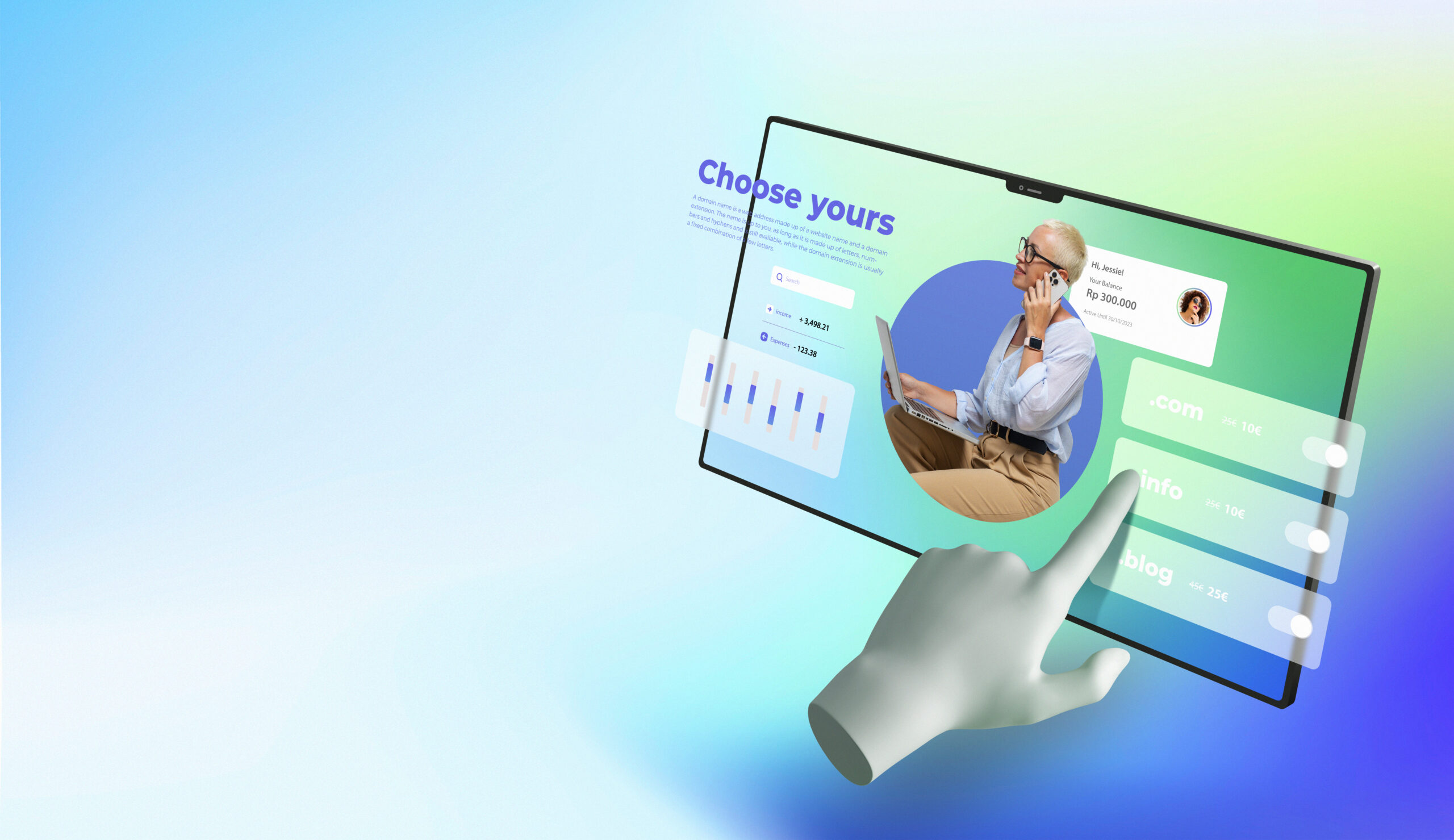In today’s digital age, understanding user behavior is paramount for businesses. With an overwhelming number of tools available to dissect online behavior, there’s one combination that stands out – heatmaps and click-tracking. Both are powerful tools in their own right, but when paired together, they provide an unmatched insight into user interactions on a website. Whether you’re a business owner, a marketer, or someone keen on website optimization, understanding the benefits of these tools can be a game-changer.
Craft a standout website experience with our Website Redesign Services.
Enhanced User Experience Understanding
- A Closer Look at Behavior: Heatmaps and click-tracking offer a transparent view into how users interact with a website. They show where users click, how far they scroll, and what parts of a page catch their attention. By understanding these patterns, businesses can fine-tune their website to better cater to their audience.
- Identifying Popular Sections: Ever wondered which parts of your website are the most engaging? Heatmaps highlight the hotspots, showing you areas that users frequently interact with. This knowledge can be pivotal in decision-making processes related to content placement, design modifications, or marketing strategies.
- Spotting Problem Areas: On the flip side, these tools also indicate areas that users rarely interact with or sections that might be causing confusion. By identifying these cold zones, businesses can revisit and refine these sections to make them more user-friendly.
Data-Driven Design Decisions
- Beyond Guesswork: Instead of basing design decisions on personal preference or assumptions, heatmaps and click-tracking provide actual data on user interactions. This evidence-based approach ensures that design changes are aligned with real user behavior, leading to better outcomes.
- Optimized Call-to-Action Placement: For many websites, guiding users towards a particular action – be it signing up for a newsletter or making a purchase – is crucial. With the insights gained from heatmaps and click-tracking, businesses can determine the most effective placements for these call-to-actions, maximizing conversions.
- Testing and Validation: Introducing a new design element or changing an existing one? These tools can validate if the changes are producing the desired results. Businesses can analyze before-and-after data to measure the impact of their design decisions.
Ready for more? Click over to our next piece: Accessible Chatbots for Enhanced User Experience.
Improved Content Strategy
- Content Prioritization: Not all content is created equal. Heatmaps and click-tracking shed light on which pieces of content are resonating most with the audience. Knowing this can guide a website’s content strategy, ensuring the most engaging materials are easily accessible and prominently placed.
- Better Content Formatting: How users consume content varies. Some might prefer text-heavy pieces, while others might lean towards visuals. By analyzing user interactions, businesses can format their content in a manner that’s most appealing to their target audience.
- Feedback Loop: By continuously monitoring how users interact with content, businesses can establish a feedback loop, adjusting and refining their content strategy based on actual user behavior, leading to a more engaged audience.
Efficient Resource Allocation
- Prioritizing Development Efforts: Every business has limited resources. Heatmaps and click-tracking can point out which areas of a website warrant immediate attention and which ones can be kept on the back burner. Instead of spreading resources thin, businesses can focus on areas that have the maximum impact on user experience and conversion rates.
- Cost-Effective Marketing: By understanding which parts of a website users find most engaging, businesses can adjust their marketing spend accordingly. For instance, if a particular product page is seeing more engagement, businesses might consider pushing that product more in their marketing campaigns.
- Reduction in Redundancy: Oftentimes, there might be repetitive elements on a website that serve the same purpose. Heatmaps and click-tracking can help in spotting such redundancies, enabling businesses to streamline their site, making it more efficient and user-friendly.
Boosting Conversion Rates
- Identifying Conversion Barriers: Users might be dropping off at particular stages of the conversion funnel. Heatmaps and click-tracking can pinpoint these problematic areas, allowing businesses to address these barriers and smoothen the conversion process.
- Optimizing Landing Pages: For many online campaigns, landing pages serve as the first point of contact. By understanding how users interact with these pages, businesses can make the necessary adjustments, ensuring users take the desired action, be it signing up, downloading an eBook, or making a purchase.
- Enhancing Checkout Processes: One of the most critical stages for e-commerce sites is the checkout process. Using heatmaps and click-tracking, businesses can understand if users are facing any challenges during checkout and optimize it, leading to increased sales and reduced cart abandonment.
Conclusion
The digital realm is bustling and ever-changing. To stay on top, we need clear insights. Enter heatmaps and click-tracking. These tools offer a clear window into user behavior. So, what do we gain? A lot. First off, we get to know our users. We see what grabs their attention and what doesn’t. This knowledge is gold. We can tweak our websites, focus our resources, and boost our strategies.
And let’s not forget the conversion rates. By pinpointing issues, we can make checkouts smoother, landing pages sharper, and guide users more effectively. But the best part? Continuous learning. With each click and hover, we learn a little more. And as we learn, we grow.
So, in the vast sea of online tools, heatmaps and click-tracking shine bright. They’re not just tools; they’re game changers. They take us from guessing games to informed decisions, ensuring we give our users the best while maximizing our results. Remember, in today’s digital age, understanding is the key. And these tools? They’re the gateway to that understanding.


